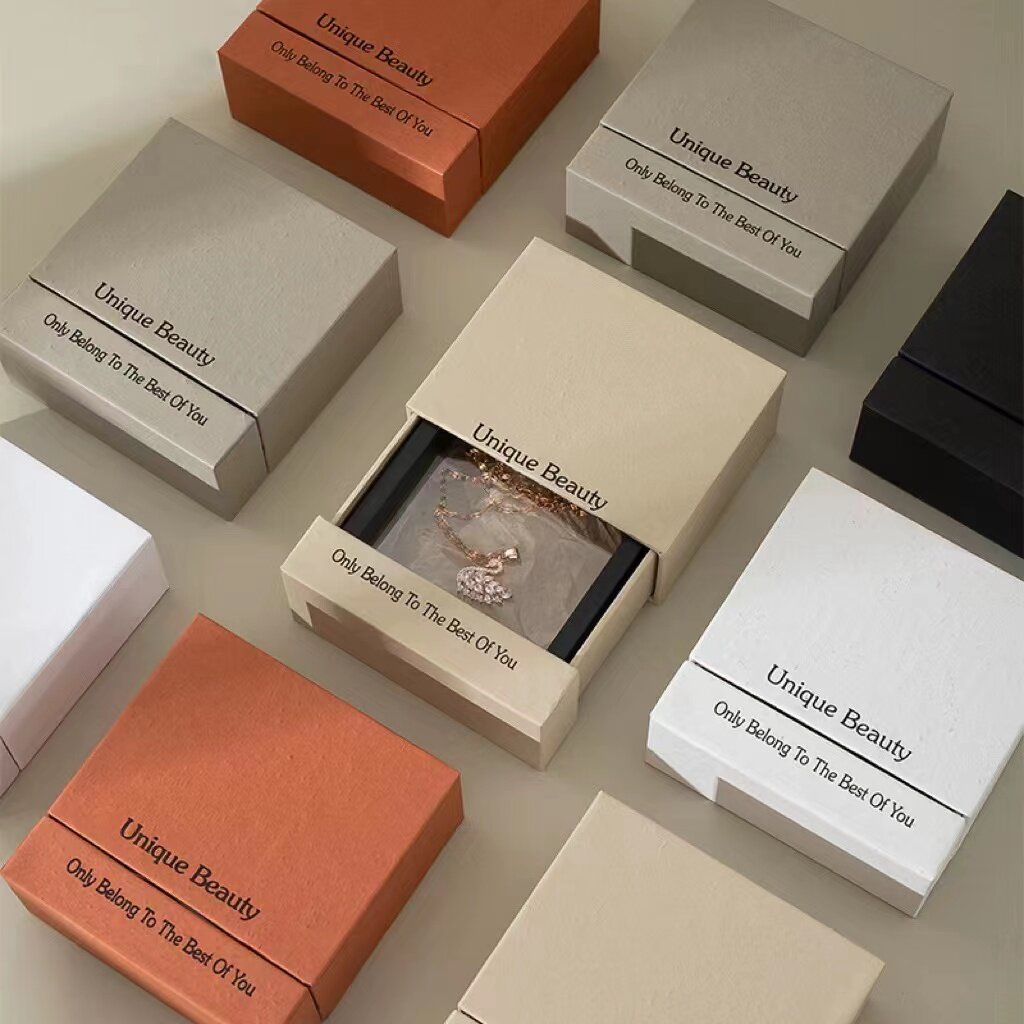Email format error
Email cannot be empty
Email already exists
6-20 characters(letters plus numbers only)
The password is inconsistent
Email format error
Email cannot be empty
Email does not exist
6-20 characters(letters plus numbers only)
The password is inconsistent


Introduction
China’s split-drawer-style boxes have long been revered for their unique design and cultural significance. In this blog post, we will delve deeper into the symbolic meaning of these boxes in Chinese culture, compare them with similar boxes from other countries or regions, explore the traditional crafts and techniques involved in their production, and uncover their historical usage in ancient Chinese palaces.
Symbolic Significance in Chinese Culture
China’s split-drawer-style boxes hold a profound symbolic meaning in Chinese culture. They represent the principles of organisation, order, and harmony. The multiple layers and compartments symbolise the hierarchical structure of society, emphasising the importance of maintaining balance and equilibrium in one’s life. These boxes are often used to store precious items, such as jewellery or important documents, signifying the value and protection of cherished possessions. Furthermore, the act of opening each drawer reveals hidden treasures or secrets, adding an element of mystery and intrigue to these boxes.
Comparison with Similar Boxes from Other Countries or Regions
While split-drawer-style boxes are unique to China, there are similar boxes found in other countries or regions. For instance, Japan has its own version called “tansu,” which also features multiple drawers and compartments. However, the design and craftsmanship of Chinese split drawer-style boxes differ in terms of materials used, decorative motifs, and overall aesthetic. Chinese boxes often showcase intricate hand-carved designs, reflecting the rich cultural heritage and artistic traditions of the country. In contrast, Japanese tansu may feature more minimalist and functional designs, emphasising simplicity and practicality.
Traditional Crafts and Techniques
The production of China’s split-drawer-style boxes involves a range of traditional crafts and techniques. One of the key techniques is wood carving, where skilled artisans meticulously carve intricate patterns and motifs onto the box’s surface. This process requires exceptional precision and patience, as even the smallest details can greatly enhance the box’s overall beauty. Other techniques include lacquering, painting, and inlay work, where materials such as mother-of-pearl or jade are delicately embedded into the box’s surface. These traditional crafts and techniques not only showcase the skill and artistry of Chinese artisans but also contribute to the longevity and durability of the boxes.
Historical Usage in Ancient Chinese Palaces
In ancient Chinese palaces, split-drawer-style boxes served various purposes. They were used to store imperial seals, important documents, and valuable artifacts. These boxes were not merely functional but also served as exquisite decorative pieces, showcasing the exceptional craftsmanship of the artisans. Additionally, split-drawer-style boxes were often presented as gifts to foreign dignitaries, symbolising the wealth, power, and cultural sophistication of the Chinese empire. The boxes’ intricate designs and meticulous craftsmanship were a testament to the empire’s artistic prowess and attention to detail
Conclusion
China’s split-drawer-style boxes hold a significant place in Chinese culture, representing organisation, order, and the protection of cherished possessions. Their unique design and craftsmanship set them apart from similar boxes found in other countries or regions. The traditional crafts and techniques involved in their production, such as wood carving and lacquering, highlight the skill and artistry of Chinese artisans. In ancient Chinese palaces, these boxes were not only used for storage but also served as symbols of wealth and cultural refinement. Through their rich history and cultural significance, China’s split-drawer-style boxes continue to captivate and inspire people around the world, showcasing the country’s artistic heritage and cultural legacy.